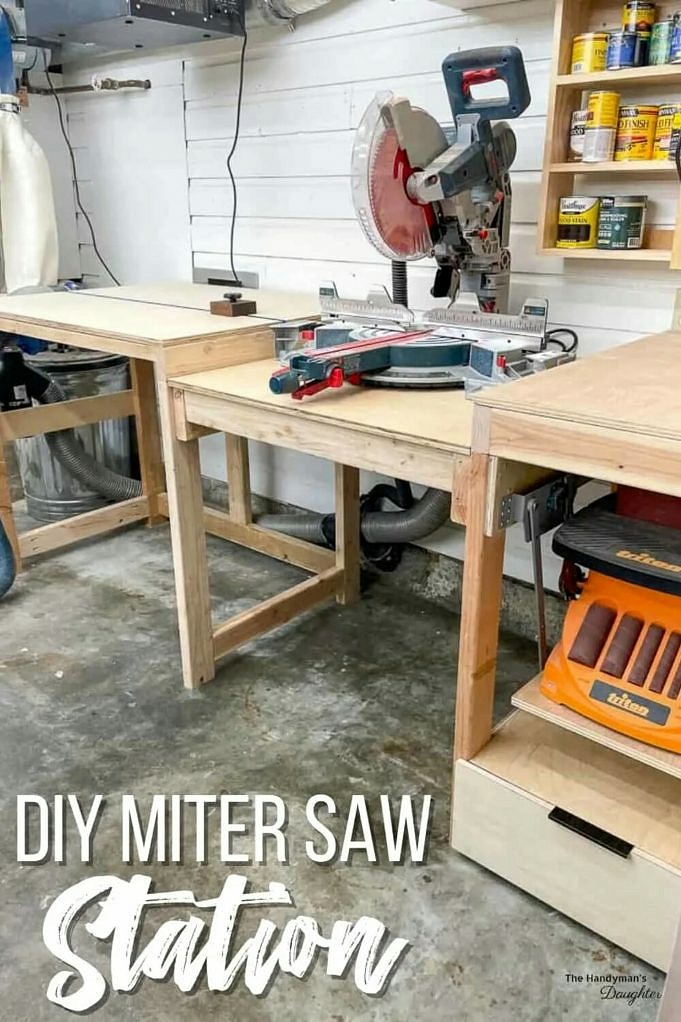How To Build A Miter Saw Table
Most people who have worked in construction for any length of work know that a tablesaw is an essential tool in your arsenal. There are times when a table saw is not possible. If you don’t make it to work on schedule, your boss will fire or suspend you. What can we do? Grab your circular saw and get to work. This is the problem: Circular saws weren’t designed for this purpose.
Assemble A Table:
This easy-to-follow guide will help you create your own miter saw table. This table is sturdy and durable, making it ideal for garages or workshops. This table will allow you to make precise cuts. This table can be assembled in just a few steps.
How To Build A Miter Saw Table
Step 1: Mount The Table Saw
Step 2 – Mount The Frame Sides
Place your frame slides along the edges of your plywood sheet. Make sure that theyre flush with one another and that they line up with the edge of your table saw. This will make it much easier to attach everything and create a stronger structure.
Step 3 – Attach Handles And Front Support
Step 4: Attach Back Supports
Like you did with the last piece, attach another support perpendicularly to this back piece just like you have done before. When it comes time to attach the support, ensure that they are properly aligned.
Step 5: Attach The Backside Of The Handle
Screw this piece into place, making sure it aligns with the pieces youve already attached. The screws should fit directly between these other support pieces (the ones you just put in). If they dont, take everything apart and try again until it works. If your pieces are not cooperating, you will need to use wood glue. This will create a stronger structure. You can also skip this step if your pieces are not cooperating.
Step 6: Attach Legs
Each leg should form an L shape when viewed from the top or bottom of your miter saw table. This will ensure that each leg is strong enough to withstand the weight of the saw and any other items you may place on it.
Step 7: Attach Lower Supports
Youll need to place one support piece at each corner. They should be parallel to each other, with the outer edges being flush with the perimeter of your miter saw table. These can be screwed directly or you can use wood glue to make them more durable.
Step 8 – Attach Upper Supports
These will go just behind where your miter saw normally goes. Theyre designed to keep your workpiece from tipping over too far while still allowing you room to maneuver around it. They can be adjusted quickly to fit your work type because they are not attached to your table’s underside or to your table saw.
Step 9: Attach The Back Braces
These will help to hold everything together and provide additional support depending on how its positioned in your workshop. The exact angle that they sit at is up to you; the only important part is that they line up with the handles in order to form an X shape when viewed from behind. These are great if you plan to use your table for something other than miter saw (e.g. a bandsaw or chop saw).
Step 10: Make Sure Everything Fits Appropriately.
Take some time to get familiar with all of the pieces before screwing them into place permanently. Before applying adhesive, you want to ensure that everything is correctly aligned and in the correct place.
Tools:
- Power drill with screw bit
- wood bit
- Circular saw. If you have access to a table saw, that will work even better since it doesnt require making crosscuts simultaneously. You will need your circular saw to do this. You might also find it helpful to have another pair of hands to hold the pieces while you attach them.
Materials: 2 x 4 sheet of 3/10 cm plywood 1 box 6 cm screws 1 can wood filler (or similar product that can fill in screw holes) Wood glue (optional) Miter saw (recommended like the one below)
Also, check this video for more clarification
Conclusion
There you have it! You can now make your own miter saw table from scratch. It will fit on top of any flat surface, including a miter saw. The legs can be adjusted to fit your workspace. You’ll also have a flat surface for woodwork. This can also be useful if your circular saw or workbench needs to be stored in a more convenient way.



